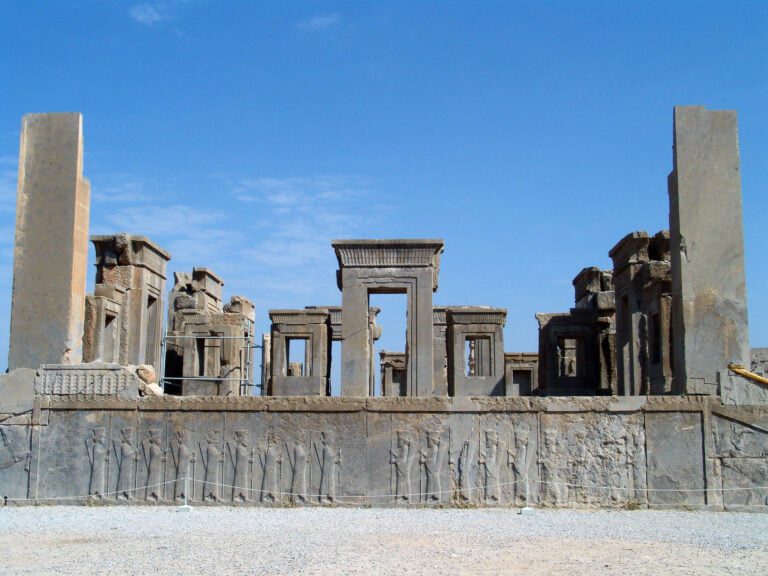What are Asian landmarks and their significance? Asia is a vast and diverse continent with a rich history and a plethora of significant landmarks. These landmarks hold cultural, historical, architectural, religious, and symbolic importance. Here are some key aspects of the significance of Asian landmarks:
Asian Landmarks
1. Historical and Cultural Significance: Asia is home to ancient civilizations and diverse cultures, and its landmarks often represent important historical periods, dynasties, and empires. They provide a window into the region’s rich heritage, showcasing the achievements, traditions, and artistic expressions of Asian civilizations.
2. Architectural Marvels: Asia boasts iconic architectural landmarks renowned for their grandeur, intricate designs, and engineering excellence. Examples include the Taj Mahal in India, Angkor Wat in Cambodia, the Great Wall of China, and the Forbidden City in China. These landmarks are testaments to the advanced craftsmanship, artistic skills, and technological innovations of their respective eras.
3. Religious and Spiritual Centers: Many Asian landmarks are sacred sites associated with major religions such as Buddhism, Hinduism, Islam, and Jainism. Landmarks like the Golden Temple in Amritsar, Mecca in Saudi Arabia, Borobudur in Indonesia, and the Shwedagon Pagoda in Myanmar hold immense religious and spiritual significance, attracting pilgrims and fostering spiritual practices.
4. UNESCO World Heritage Sites: Asia is home to a significant number of UNESCO World Heritage Sites, recognized for their outstanding universal value. These landmarks include ancient cities, archaeological sites, cultural landscapes, and natural wonders, contributing to global heritage and conservation efforts.
5. Tourism and Economic Impact: Asian landmarks draw millions of tourists each year, contributing to the local and national economies. They generate tourism revenue, create employment opportunities, and support related industries such as hospitality, transportation, and local businesses.
6. Symbolism and National Identity: Landmarks often become iconic symbols of national pride and identity. They represent the cultural, historical, and natural characteristics of a country or region, evoking a sense of unity and shared heritage among its people.
7. Educational and Research Value: Asia’s landmarks provide educational opportunities for visitors to learn about history, art, architecture, and cultural traditions. They offer insights into different time periods, architectural styles, and social contexts, contributing to academic research and fostering cross-cultural understanding.
8. Environmental Conservation: Many Asian landmarks are located within protected areas, national parks, or fragile ecosystems. Preservation efforts aim to safeguard the natural surroundings, biodiversity, and delicate ecosystems associated with these landmarks. Asian landmarks attract visitors from around the world, fostering cultural exchange, understanding, and appreciation of Asian cultures. They serve as meeting points for people from diverse backgrounds, promoting dialogue and intercultural learning.
In summary, Asian landmarks hold immense cultural, historical, architectural, and religious significance. They contribute to tourism, economic development, conservation efforts, cultural exchange, and education. These landmarks showcase Asia’s rich heritage, architectural wonders, and spiritual traditions, fostering appreciation and understanding of the region’s diverse cultures and contributions to human civilization.
Asian Historical Places

Taj Mahal History and Facts

The Great Wall of China

Angkor Wat Cambodia

Genghis Khan

Iranian Cultural Sites
